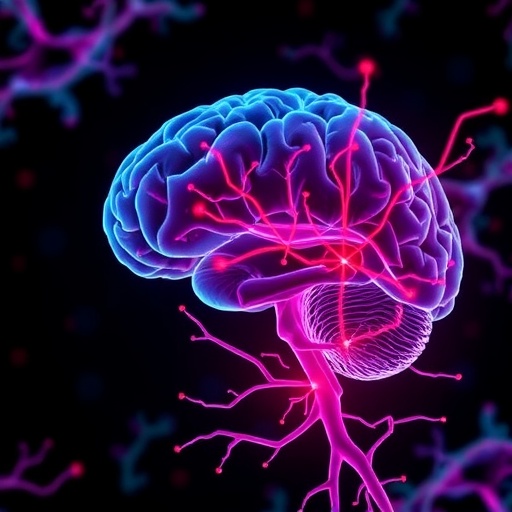Findings may have immediate impact on clinical practice
WHAT:
Hyperglycemia, or increased glucose, is common in patients with acute ischemic stroke and is associated with worse outcomes compared to normal glucose levels. Doctors all over the world have debated whether intensive glucose management, which requires the use of IV insulin to bring blood sugar levels down to 80-130 mg/dL, or standard glucose control using insulin shots, which aims to get glucose below 180 mg/dL, lead to better outcomes after stroke. Primary results from the Stroke Hyperglycemia Insulin Network Effort (SHINE) study, a large, multisite clinical study provide a clear answer to that question.
The primary results show that intensive glucose management did not improve functional outcomes at 90 days after stroke compared to standard glucose therapy. In addition, intense glucose therapy increased the risk of very low blood glucose (hypoglycemia) and required a higher level of care such as increased supervision from nursing staff, compared to standard treatment. The findings will be presented at a plenary session at the International Stroke Conference in Honolulu on February 6, 2019 at 11:23 am HT/4:23 pm ET.
###
WHO:
Walter Koroshetz, M.D., Director of NIH’s National Institute of Neurological Disorders and Stroke (NINDS) and Clinton Wright, M.D., Director of Clinical Research at NINDS are available to comment on this study. To arrange interviews, please contact [email protected]
Presentation:
Johnston et al. “The SHINE Trial: Intensive versus Standard Treatment of Hyperglycemia in Acute Ischemic Stroke,” February 6, 2019, International Stroke Conference.
This study was supported by the NINDS (NS069498).
For more information:
http://www.
Figure caption: Glucose management after stroke. Clinical study provides answers to debate regarding blood sugar control after stroke. Credit: © Stefan Dahl |Dreamstime.com
NINDS is the nation’s leading funder of research on the brain and nervous system. The mission of NINDS is to seek fundamental knowledge about the brain and nervous system and to use that knowledge to reduce the burden of neurological disease.
About the National Institutes of Health (NIH): NIH, the nation’s medical research agency, includes 27 Institutes and Centers and is a component of the U.S. Department of Health and Human Services. NIH is the primary federal agency conducting and supporting basic, clinical, and translational medical research, and is investigating the causes, treatments, and cures for both common and rare diseases. For more information about NIH and its programs, visit http://www.
Media Contact
Barbara McMakin
[email protected]




